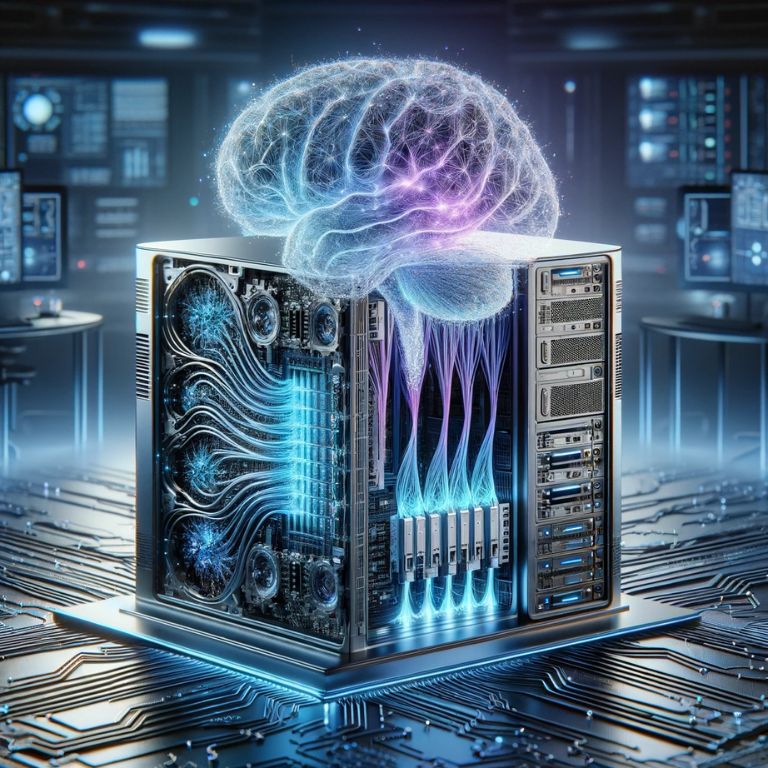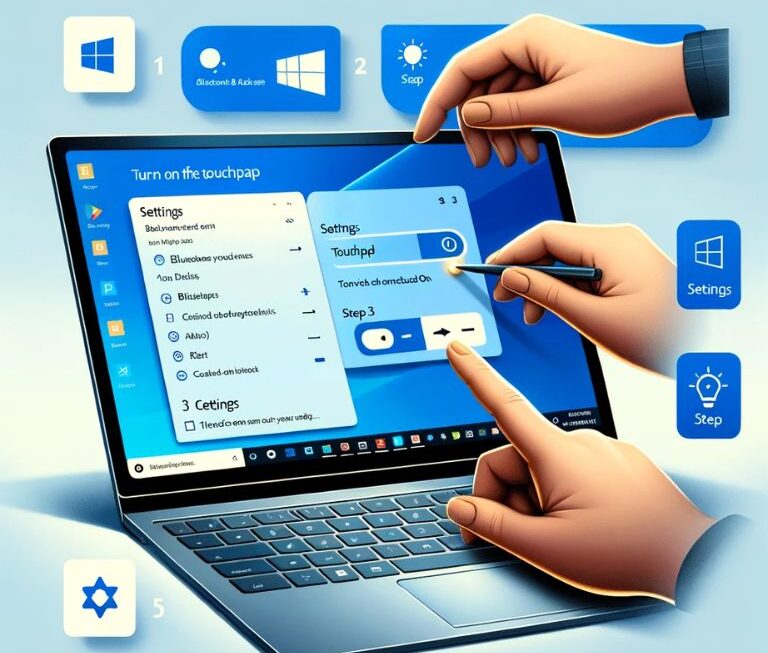The human brain, a marvel of biological engineering, is an unparalleled information processing system. With 86 billion neurons and 100 trillion synapses, it handles tasks that traditional computers find immensely challenging. This stark contrast has spurred the emergence of neuromorphic computing, an innovative field aiming to replicate the brain’s capabilities in artificial systems.
Traditional computers, despite their computational might, struggle to mimic the brain’s efficiency and adaptability. Neuromorphic computing, inspired by the brain’s neural architecture, seeks to create computer systems that can think and learn similarly. In this article, we explore the world of neuromorphic computing, from its core principles to real-world applications, and consider the challenges and ethical implications of this groundbreaking technology. Ultimately, neuromorphic computing is poised to revolutionize computing and artificial intelligence, bringing us closer to computers that truly emulate the brain’s cognitive prowess.
Neuromorphic Computing: Mimicking the Brain
Neuromorphic computing stands at the intersection of biology and technology, aiming to replicate the brain’s remarkable cognitive abilities. By mimicking the brain’s neural networks through specialized hardware and software, it offers unprecedented efficiency, adaptability, and potential for more human-like cognition. This transformative field holds the promise of revolutionizing artificial intelligence, computing, and ushering in a new era of brain-inspired technology.
Understanding the Brain’s Neural Networks
To replicate the brain’s capabilities, it’s crucial to grasp its neural networks. The brain’s neurons communicate through electrical spikes across synapses, enabling parallel, fuzzy, and adaptive processing. Unlike traditional computers, neuromorphic computing models this biology. Hardware and software mimic spiking neurons and synapses, enabling brain-like information processing. Central to neuromorphic computing is specialized hardware. Neuromorphic processors, like SpiNNaker, replicate neurons and synapses, performing low-power, real-time computations using spikes. SpiNNaker, for example, simulates billions of neurons, aiding brain research and neuromorphic algorithm development.
Advantages Over Traditional Computing
Emulating neural networks offers advantages. Neuromorphic systems excel in low-power, real-time tasks for sensors, edge computing, and wearables, making them ideal for AI and machine learning. Additionally, neuromorphic computing moves us closer to computers with human-like cognition, benefiting natural language processing and pattern recognition. In summary, neuromorphic computing replicates neural networks, offering efficiency, adaptability, and human-like cognition potential. This advances AI and computing, ushering in a new era of brain-inspired technology.
Real-World Applications
Neuromorphic computing finds diverse applications in AI, healthcare, and robotics. It enhances AI with real-time learning, aids healthcare with rapid diagnostics and advanced prosthetics, and empowers adaptable robots. As it evolves, it’s poised to reshape these domains, bridging the gap between human cognition and computing.
Neuromorphic Computing in Artificial Intelligence
Incorporating neuromorphic computing into artificial intelligence (AI) represents a leap in machine learning. Unlike traditional AI, which relies on extensive training data, neuromorphic systems learn and adapt in real-time. This makes them well-suited for tasks like image recognition, natural language processing, and autonomous decision-making. Neuromorphic vision sensors, inspired by the human retina, excel in scenarios with varying lighting and high-speed motion, benefiting robotics, autonomous vehicles, and surveillance systems.
Healthcare and Personalized Treatment
In healthcare, neuromorphic computing aids in rapid and precise data analysis. It can improve medical image analysis, anomaly detection, and disease outcome prediction. This promises earlier disease detection, personalized treatment plans, and better patient outcomes. Neuromorphic technology also holds potential in developing prosthetic devices that directly interface with the human nervous system, offering mobility and sensory restoration for individuals with disabilities. Furthermore, its role in enhancing the autonomy and adaptability of robots, from warehouse automation to healthcare, has far-reaching implications for various industries. As this technology evolves, it may become integrated into everyday devices, offering more natural human-computer interactions. Ethical considerations and regulations will be vital as we navigate this transformative path, ensuring the responsible development and deployment of neuromorphic computing solutions.
Challenges and Ethical Considerations
Neuromorphic computing faces hurdles in complex hardware development and growing privacy concerns due to its data-driven learning. Balancing innovation with responsibility is vital as we navigate the potential benefits and risks of this transformative technology.
Overcoming Hardware Limitations
While neuromorphic computing offers promising advantages, it also faces significant challenges. One of the primary hurdles is hardware complexity. Simulating the intricacies of the human brain’s neural networks demands highly specialized and energy-efficient hardware. Developing such hardware is both technically demanding and costly. Researchers are continually striving to create more efficient neuromorphic processors to meet these demands.
Privacy and Security Concerns
As neuromorphic systems become more capable, privacy and security concerns loom larger. The ability of these systems to learn and adapt from real-time data raises questions about data privacy and the potential for misuse. Safeguarding sensitive information and ensuring that neuromorphic AI behaves ethically are paramount. Striking the right balance between data-driven learning and safeguarding individual privacy is an ongoing challenge.
The Promise and Peril of Neuromorphic Computing
Neuromorphic computing holds immense potential, but its development also raises ethical questions. It could reshape industries and enhance human-computer interactions, but it also necessitates thoughtful regulation and ethical considerations. As we navigate the path towards more brain-inspired technology, it is essential to strike a balance between innovation and responsibility, ensuring that the benefits of neuromorphic computing are harnessed for the greater good while addressing potential risks and challenges.
Conclusion
In conclusion, neuromorphic computing represents a remarkable journey toward bridging the gap between human cognition and artificial intelligence. By emulating the brain’s neural networks, this technology offers transformative potential across various domains, from AI and healthcare to robotics. While it brings promises of efficiency and adaptability, it also confronts challenges in hardware development and raises ethical concerns about privacy and responsible use. As we continue to explore the possibilities of neuromorphic computing, it is imperative to strike a delicate balance between innovation and ethical considerations, ensuring that this technology serves the greater good while addressing its associated risks. In the years to come, neuromorphic computing is poised to reshape the way we interact with machines and the possibilities we unlock in the realm of computing and artificial intelligence.




